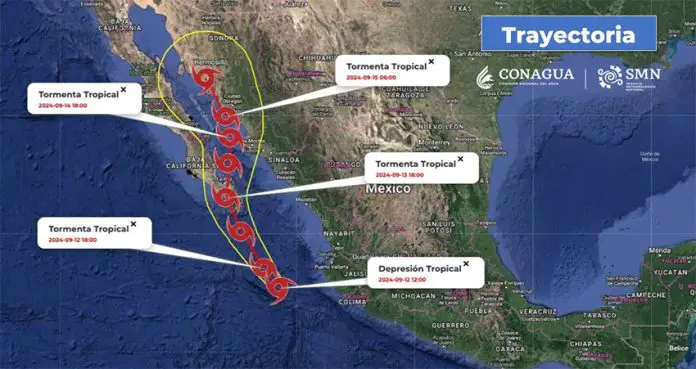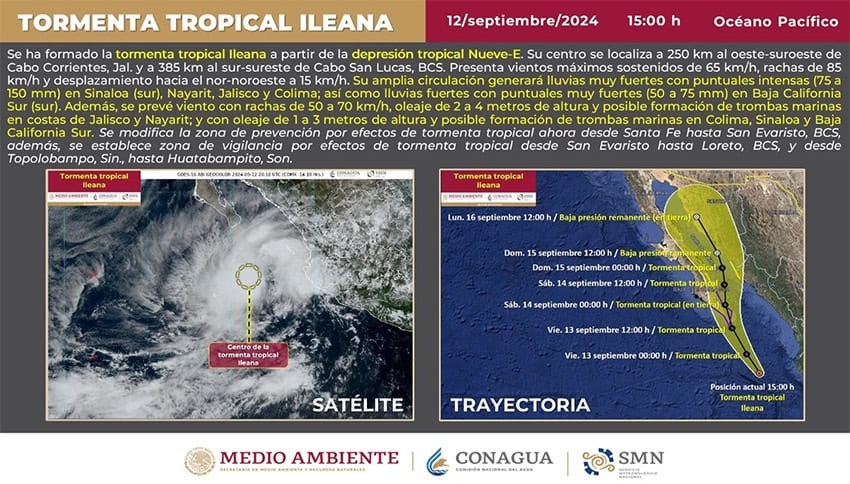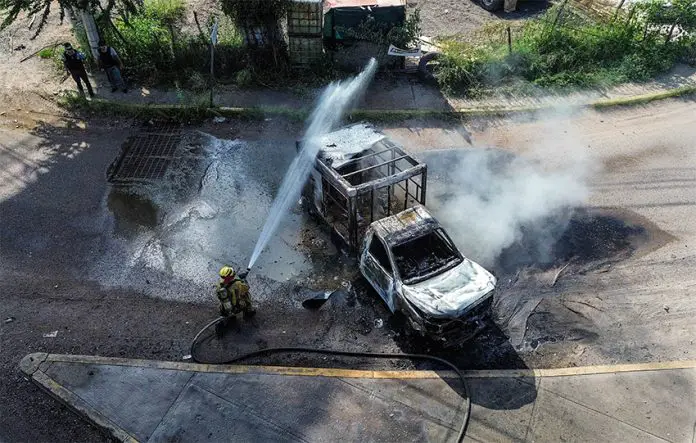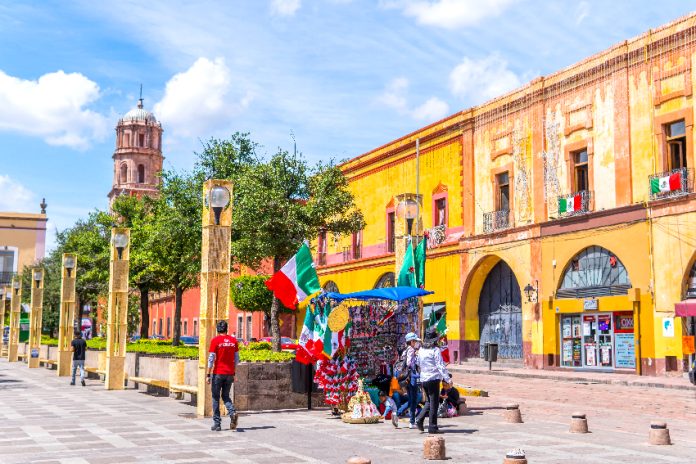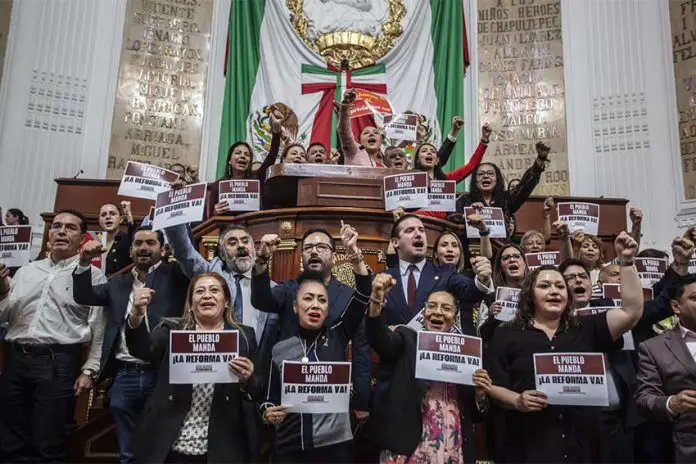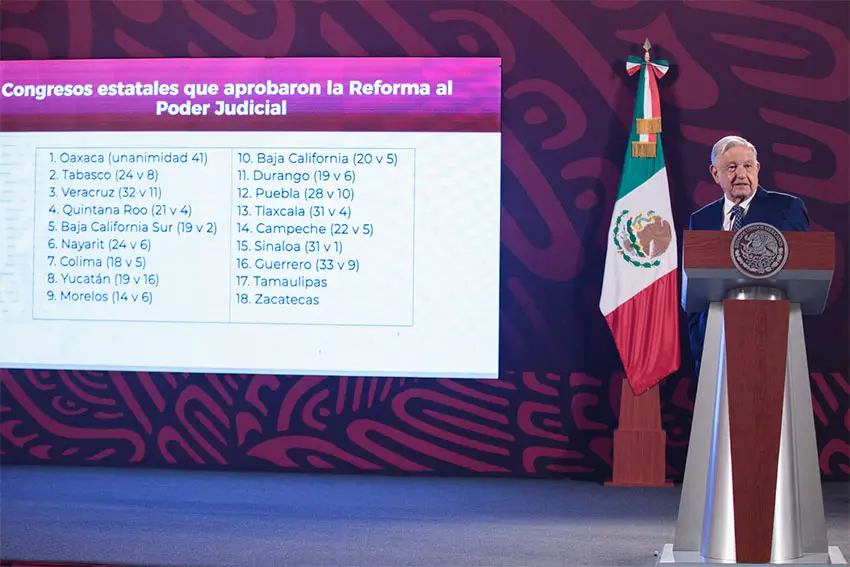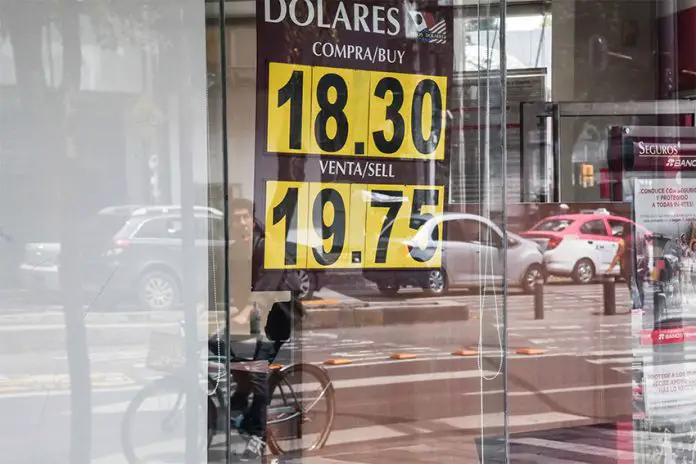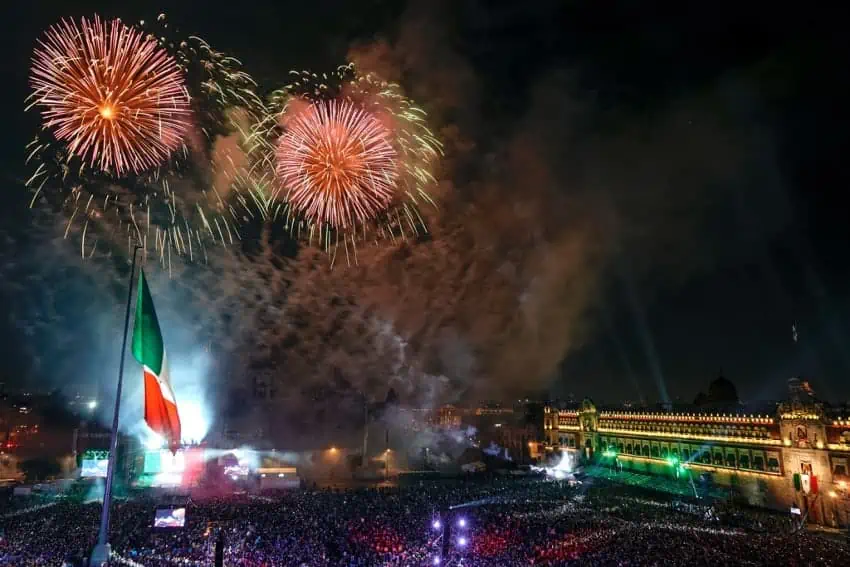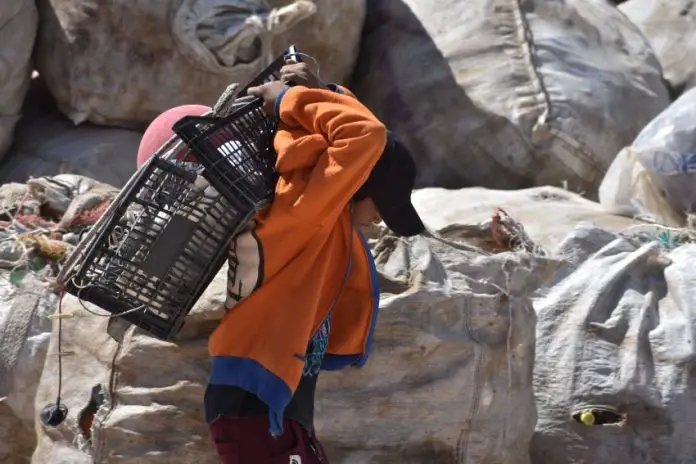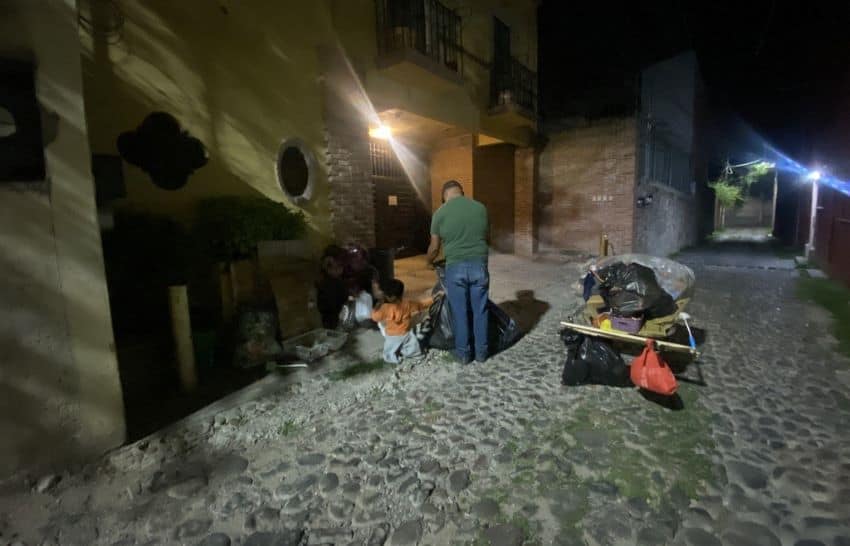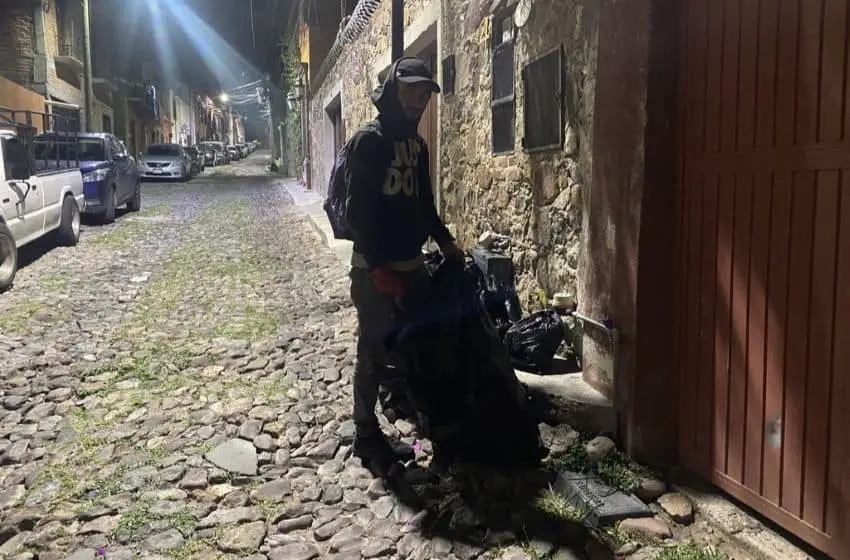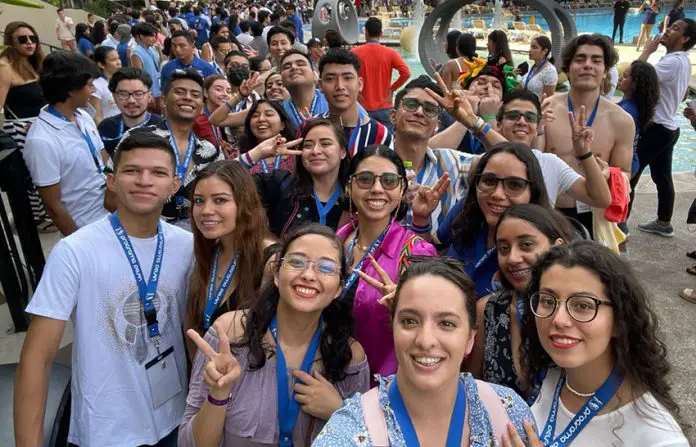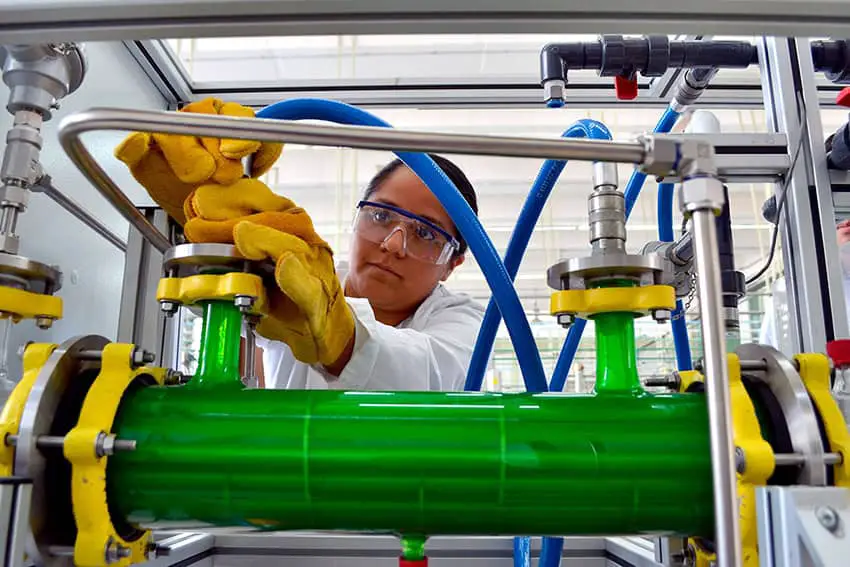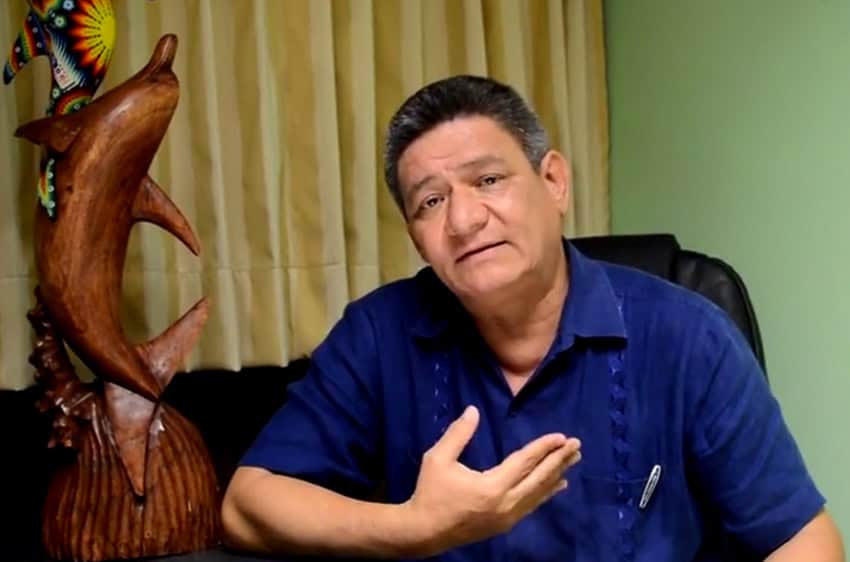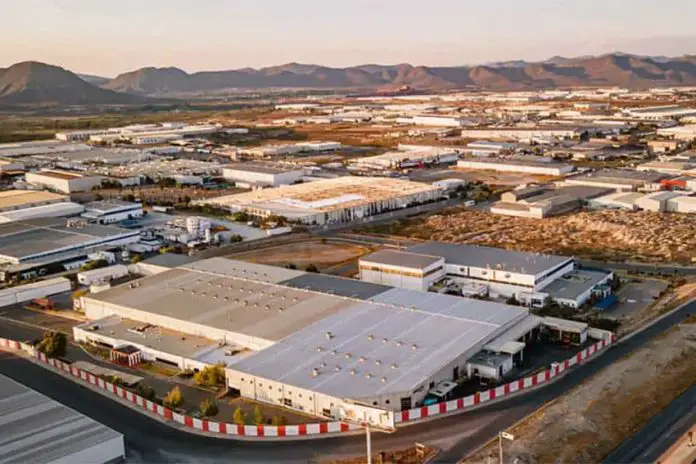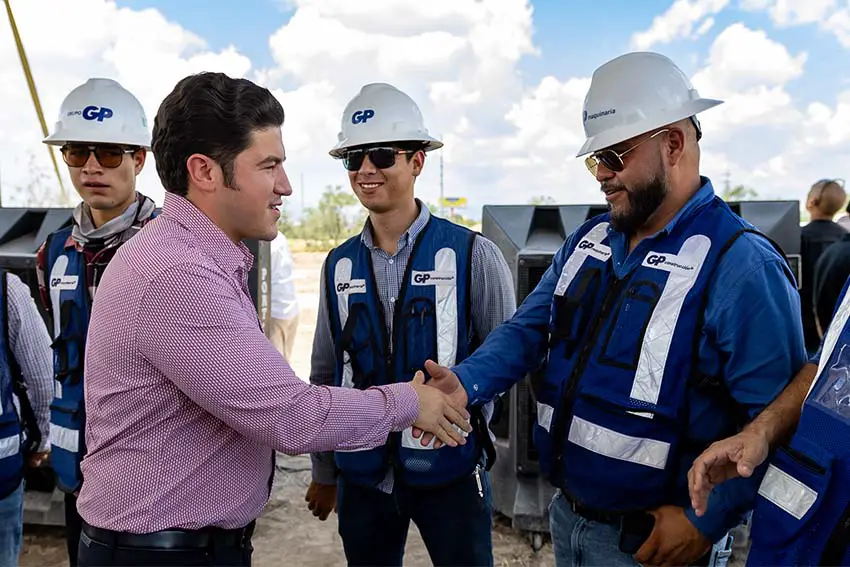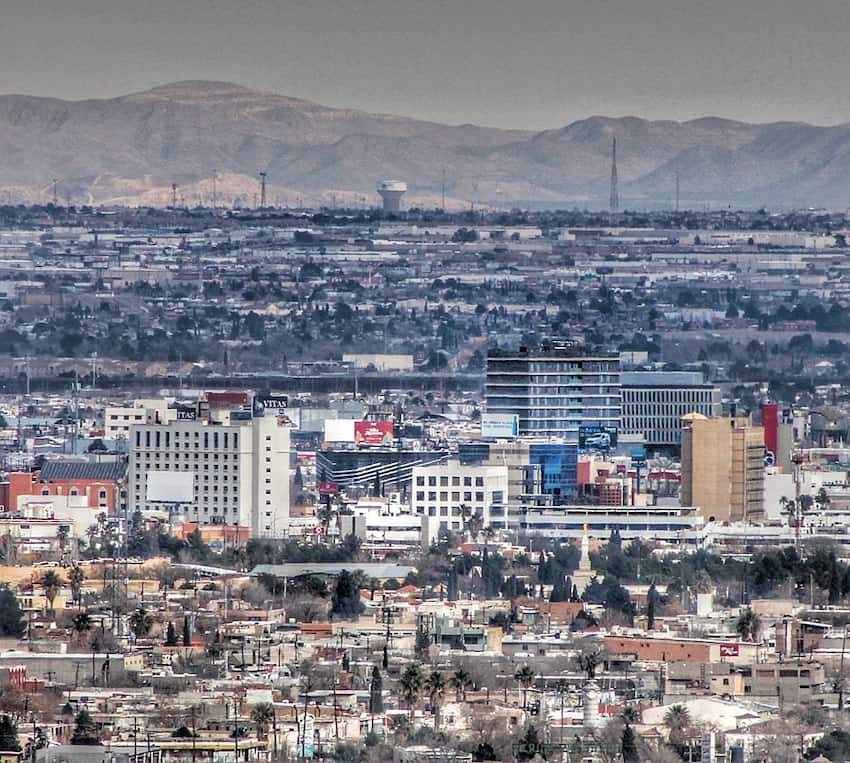Authorities have warned the public to take all precautions and adhere to recommendations issued by the state’s Civil Protection agency as Tropical Storm Ileana approaches popular beach destinations in Baja California Sur.
Ileana, which formed in the Pacific on Thursday and is the ninth named storm in the Eastern Pacific this year, battered the southern end of the Baja Peninsula with torrential rains before dawn Friday and was expected to make landfall in the afternoon.
#AvisoMeteorológico.#Ileana podría impactar al sur de #BajaCaliforniaSur, en las próximas horas; está a 90 km al sureste de Cabo San Lucas.
Más información en ⬇️https://t.co/Q5Za0MhySO pic.twitter.com/qxOlXXhI5z
— CONAGUA Clima (@conagua_clima) September 13, 2024
Sustained winds of up to 75 km/h, heavy rains and flash flooding are expected. With rainfall likely to exceed 150 mm, the authorities will monitor Ileana’s progress while the governor considers whether or not to cancel Sunday’s Independence Day festivities. Governor Víctor Castro Cosío ordered all schools closed on Friday.
According to the United States National Hurricane Center (NHC), Ileana was 90 kilometers from the resort city of Cabo San Lucas at 11 a.m. CST on Friday and moving north-northeast at 13 km/h.
The storm is forecast to blow across the southern tip of the peninsula in the direction of the state capital, La Paz, about 150 kilometers to the north. Ileana is expected to continue north up the Gulf of California toward the mainland Sonora-Sinaloa border where it could make landfall around noon on Sunday.
A tropical storm alert has already been issued from San Evaristo to Loreto along the eastern coast of Baja California Sur and from Topolobampo, Sinaloa, to Huatabampo, Sonora, on the opposite side of the Gulf of California.
The National Meteorological Service (SMN) expects Ileana to weaken to a tropical depression before it reaches mainland Mexico but projects heavy rainfall (75-150 mm) in Sinaloa and Sonora. The outer bands of the storm will dump considerable rain on Durango and Chihuahua further inland.
States further south along the Pacific coast including Michoacán, Nayarit, Colima and Jalisco will also see heavy rains from Ileana.
Authorities are warning residents in Baja California Sur and across northwestern Mexico to be on the alert for mudslides and flash flooding.
High winds will stir up surf and produce swells of up to four meters along the Baja California peninsula shoreline as well as waves of up to three meters along the coast of Sinaloa. Authorities are also warning of choppy surf along shorelines on both sides of the Gulf of California, even as far south as Nayarit on the Pacific coast.
While Ileana was the only active tropical storm in the Eastern Pacific basin on Friday, states on Mexico’s Gulf coast were cleaning up after the passage of Tropical Storm Francine which made landfall in the southern United States on Thursday.
With reports from The AP and Zeta Tijuana

